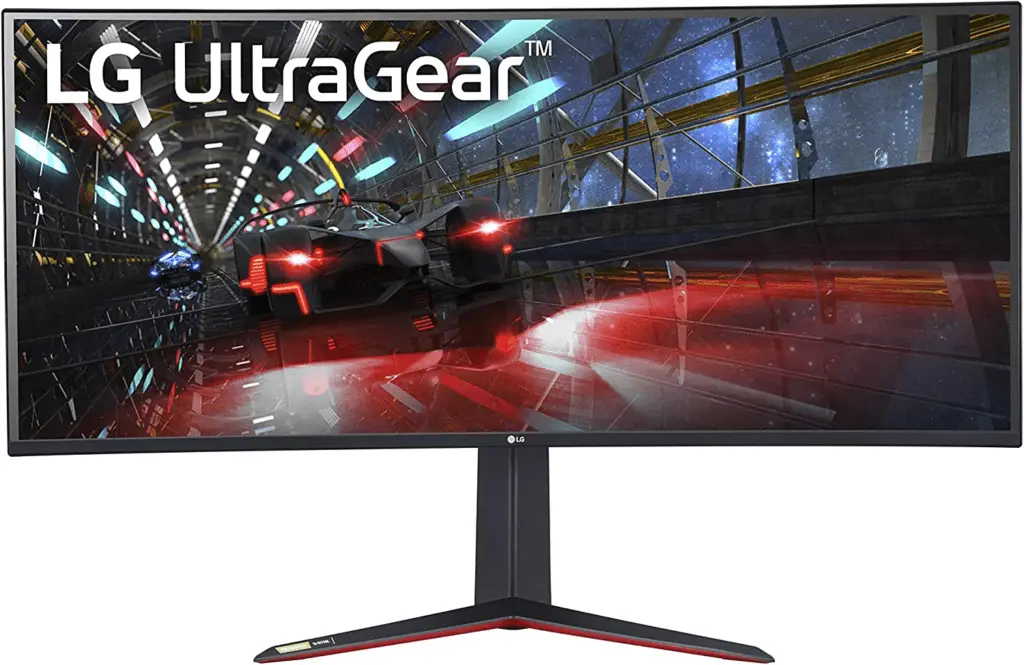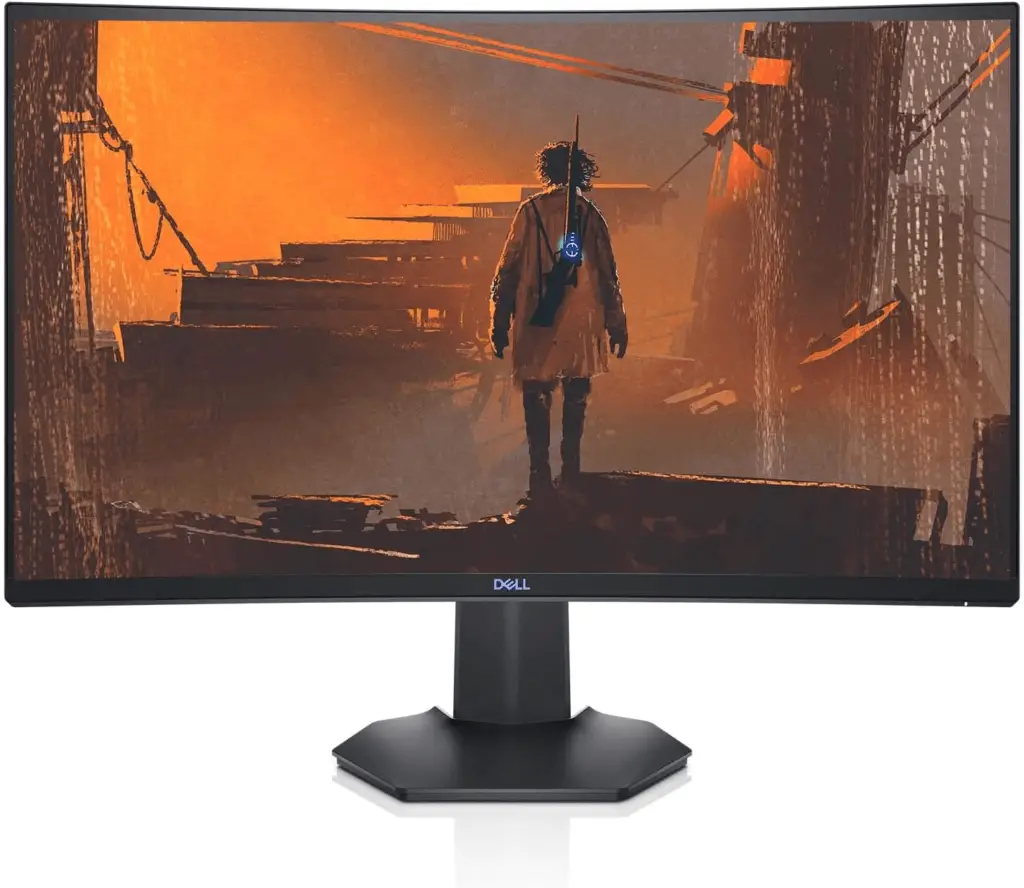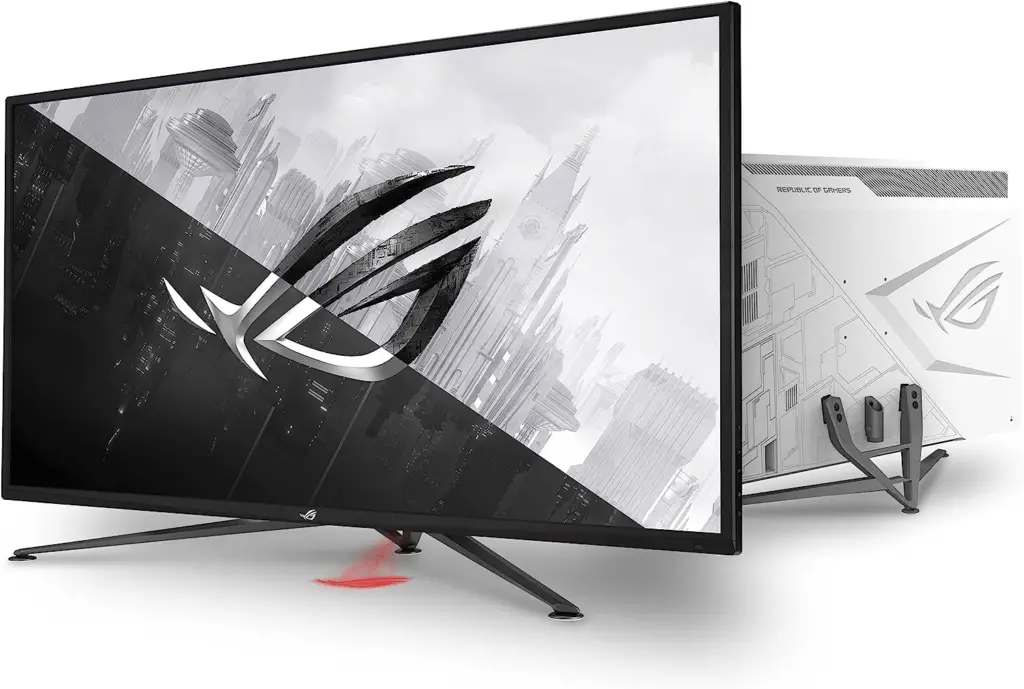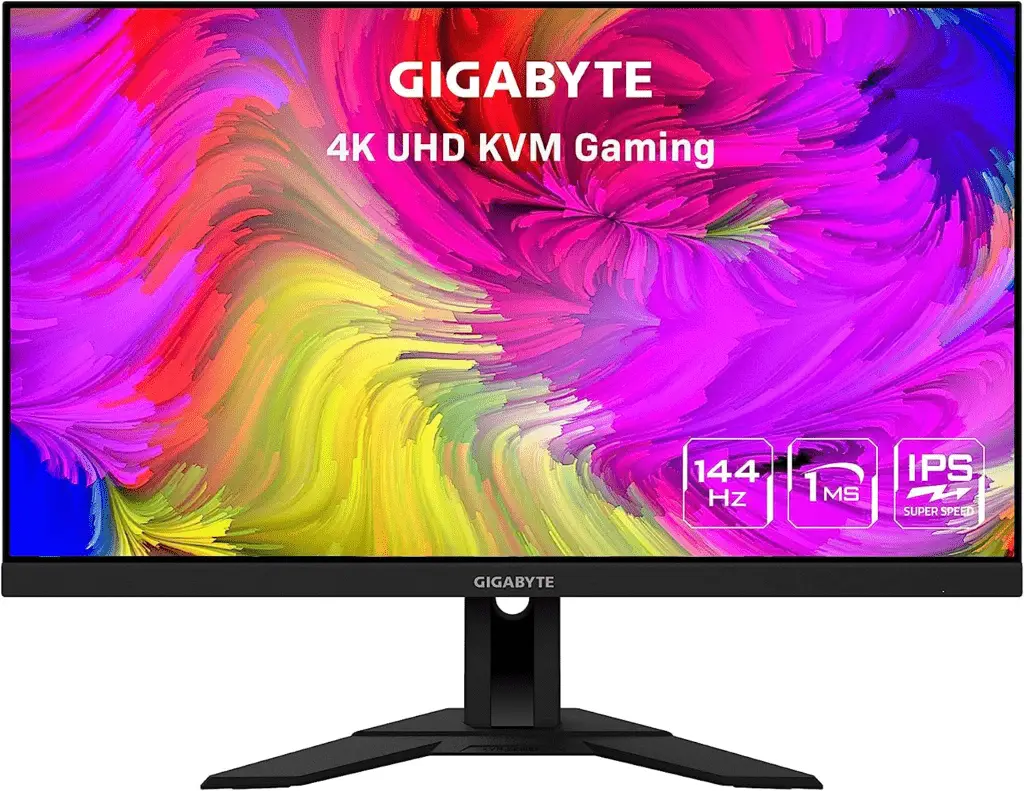A 144Hz monitor offers numerous advantages for gamers, primarily due to its ability to display a higher number of images per second compared to monitors with lower refresh rates. This enhanced refresh rate results in a more immersive and responsive gaming experience, providing a competitive edge in fast-paced FPS titles.
However, with the abundance of 144Hz options available, selecting the right monitor can still be overwhelming. Not all monitors are created equal, and the market offers various screen sizes and price points. To simplify the process, we have compiled a list of the absolute best 144Hz monitors available, helping you make an informed choice.
While some monitors offer even higher refresh rates, such as 200Hz or 240Hz, we have focused on the top-performing 144Hz options in this list. For newcomers to the gaming world, a 144Hz monitor remains an excellent choice and is likely to serve you well for several more years, depending on your desired level of gaming responsiveness.
If you are open to exploring other monitor options, including those with a 240Hz refresh rate, we recommend checking out our comprehensive best gaming monitor roundup. Our list is regularly updated to include new quality monitors that we test and review.
Without further delay, here are our top picks for the best 144Hz monitors on the market.
LG UltraGear 38GN950: The Premium 144Hz Monitor
It has iconic design and premium build quality synonymous with the LG brand. The large 38-inch panel offers impressive sharpness and delivers brilliantly bright picture quality in most scenarios. Moreover, the color accuracy surpasses what is commonly seen in gaming monitors.
For those with no budget constraints, the LG UltraGear 38GN950 stands out as the top option currently available. While there are higher refresh rate monitors like the Samsung Odyssey G9 available at a similar price, this premium 38-inch curved screen with a 144Hz refresh rate is a standout choice.

The support for both Nvidia G-Sync and AMD FreeSync Premium Pro is a welcome feature, reducing screen tearing during gameplay and providing a more realistic color reproduction. This results in a pleasing and natural appearance, significantly more photorealistic than many cheaper gaming monitors.
While other monitors may offer higher refresh rates at the same price, the 144Hz refresh rate and remarkably low input lag make the LG UltraGear 38GN950 suitable for both single-player and multiplayer gaming experiences.
However, its HDR performance falls short compared to its main rival in the 144Hz space, the Alienware AW3821DW. Though it outperforms the Alienware model, the Samsung Odyssey G9 offers superior HDR performance.
Overall, the LG UltraGear 38GN950 is a top-tier premium option, perfect for those seeking the best gaming experience without budget constraints. Its exceptional color quality, versatile widescreen form factor, and impressive features make it a strong choice for avid gamers and enthusiasts.
Pros:
- Excellent color quality
- Versatile widescreen form factor
- Impressive RGB LEDs
- Solid adjustment and connectivity
Cons:
- Middling contrast ratio
- Subtle curve design
- Extremely expensive
Dell 144Hz Gaming : The Best Affordable 144Hz Monitor
For those looking for a more budget-friendly option, the Dell S2721HGF is an excellent choice. Despite not being perfect, this monitor offers surprisingly competent performance at a price point of less than $250/£200.
Out of the box, the Dell S2721HGF may not boast the same excitement as some of the other gaming monitors on this list. It has more “office monitor” appearance rather than a gaming monitor.

While it lacks certain key features like HDMI 2.1 support, limiting its ability to take full advantage of the advanced features of the PS5 and Xbox Series X, and has a 1080p resolution, it impresses with its outstanding contrast, decent refresh rates, and a highly immersive gaming experience, especially when considering its affordable price.
To achieve a better gaming experience, one would need to invest in a more expensive unit, such as the Samsung Odyssey G7. However, for those on a budget, the Dell S2721HGF stands out as a compelling choice with its solid performance and affordability.
Pros:
- Great contrast ability
- Solid mainstream 144Hz specification
- Reasonable color accuracy
- Very affordable
Cons:
- Few extra features
- Underwhelming design
- Mediocre adjustment
- Better colors available elsewhere
Asus ROG Strix XG43UQ: The Best Big Screen 144Hz Monitor
For PC gamers seeking a TV-sized monitor to fully embrace their gaming experience in a spacious setting, the Asus ROG Strix XG43UQ emerges as the top choice for a 144Hz monitor.
Its standout feature is undoubtedly the massive 43-inch, 4K resolution screen. It has a sheer size of the display.

Beyond its size, the monitor impressed us with its wonderfully immersive big-screen gaming experience, complemented by powerful 10W twin speakers. These speakers deliver a punchy audio output that enhances the immersion level during online gaming sessions, providing a meaty rumble with every shot and explosion.
The monitor also fared well in HDR performance, featuring a suitably high post-1000 nit maximum brightness and deep 0.2 nit black level, resulting in an impressive contrast ratio of 5350:1. A higher count for maximum brightness and a lower count for black level contribute to achieving a more immersive picture.
However, the only factor preventing it from receiving a higher score is the availability of higher refresh rate models at this price point. Occasionally, the screen may experience ghosting and haloing around moving objects.
Pros:
- Huge, immersive form factor
- Bold contrast and great colors
- Powerful, high-quality speakers
- Some future-proofed features
Cons:
- Consistently a little blurry
- Won’t suit every situation
- BGR rather than RGB pixel layout
- Unsubtle HDR performance
Gigabyte M28U: Best Mid-Range 144Hz Monitor
If you’re looking to save some money without compromising too much on performance, the Gigabyte M28U is worth considering. It boasts a 28-inch screen size similar to the LG27GP950-B, but there are a few trade-offs to consider for the lower price.

The Gigabyte M28U lacks an overclock feature, limiting its maximum refresh rate to 144Hz. Additionally, it supports a 24 Gbps bandwidth for HDMI 2.1, which is less than the LG’s 48 Gbps. While this is sufficient for playing 4K games up to 120Hz on consoles, it may require compression when using an HDMI 2.1 graphics card for PC gaming.
Despite these differences, the Gigabyte M28U remains an excellent gaming monitor overall, offering a 4K resolution and high pixel density for an immersive gaming experience. It also supports VRR (Variable Refresh Rate) to reduce screen tearing and is compatible with both AMD and NVIDIA graphics cards.
The only drawback is that it doesn’t achieve high brightness levels, which could pose some challenges in well-lit rooms. However, if brightness is a priority for you, the Gigabyte M27U offers similar pricing, greater brightness, and a native refresh rate of 150Hz, although the difference from 144Hz may not be significant.
Pros:
- Affordable price compared to high-end monitors.
- 4K resolution and high pixel density offer an immersive gaming experience.
- Supports Variable Refresh Rate (VRR) to reduce screen tearing.
- Compatible with both AMD and NVIDIA graphics cards.
- Decent 144Hz refresh rate for smooth gaming performance.
- Supports 4K gaming up to 120Hz on consoles.
- Suitable for console gaming and PC gaming with HDMI 2.1 graphics cards.
Cons:
- Lacks an overclock feature, limiting maximum refresh rate to 144Hz.
- HDMI 2.1 bandwidth limited to 24 Gbps, which may require compression for PC gaming.
- Brightness levels are not very high, which could be problematic in well-lit rooms.
- Not as feature-rich as high-end monitors.
- Other monitors at similar pricing offer higher brightness levels and slightly higher native refresh rates.
FAQs:
Are 144Hz monitors the best for gaming?
High refresh rates are essential for gamers, but 144Hz isn’t the fastest option available. Monitors with 165Hz, 240Hz, and even 360Hz are currently on the market. Refresh rate is just one aspect of a great gaming monitor; screen quality, HDR support, and audio also play significant roles.
Is 144Hz useful for anything other than gaming?
Higher refresh rates have benefits beyond gaming. They make general scrolling and navigation feel smoother and enhance other reaction or precision-based tasks, such as digital painting.



